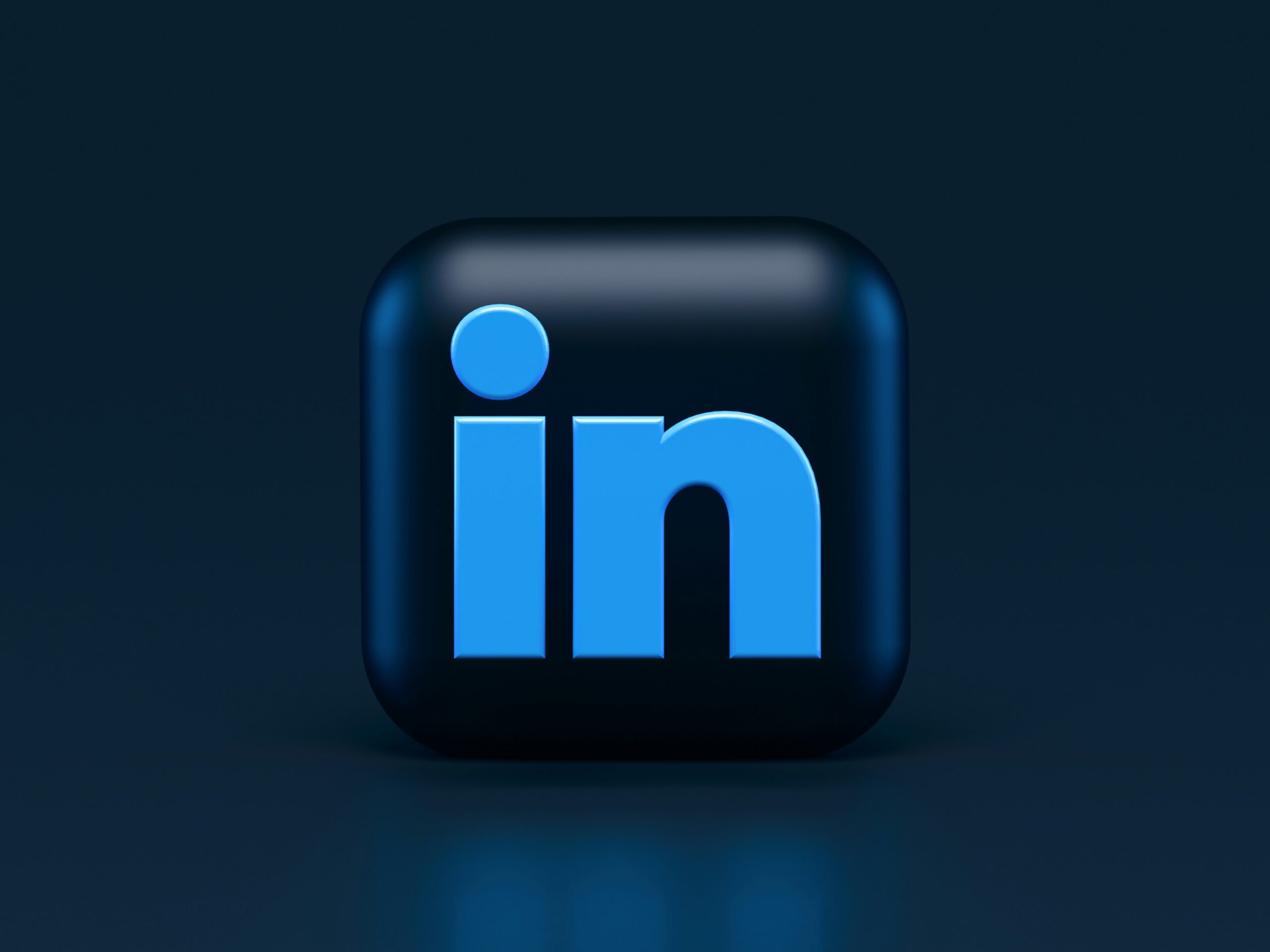Introduction
LinkedIn has become one of the most powerful tools for B2B sales and marketing. With over 700 million users, including countless decision-makers and influencers across industries, it provides a unique opportunity for businesses to connect, build relationships, and drive conversions. But just like any platform, success on LinkedIn requires a strategic approach.
In this post, we’ll delve into the strategies behind effective LinkedIn outreach and how automation can help scale your efforts. By combining personal outreach with automation tools, you can connect with more prospects, build lasting relationships, and ultimately boost your lead generation and sales success.
1. Why LinkedIn?
LinkedIn is a treasure trove of business professionals who are actively seeking solutions to their business challenges. According to a survey by HubSpot, 80% of B2B leads come from LinkedIn. This is largely due to the platform’s professional environment, where people are more open to discussing business opportunities and solutions.
Here’s why LinkedIn should be a core part of your B2B strategy:
- Access to Decision-Makers: LinkedIn’s targeting capabilities allow you to reach top-level executives, decision-makers, and influencers who are often hard to engage through other channels.
- Networking Opportunities: LinkedIn is designed for professionals to network and build relationships. It provides a space for relevant business conversations, connecting with industry leaders, and establishing authority.
- Content Sharing and Engagement: Beyond direct messaging, LinkedIn allows you to share content and interact with prospects through comments, likes, and shares. This positions you as a thought leader and can help nurture relationships.
The key to LinkedIn’s power is using it strategically—through outreach, content engagement, and relationship-building practices that speak directly to your target audience’s needs.
2. Building an Optimized LinkedIn Profile
Before diving into outreach, ensure that your LinkedIn profile is optimized to make a strong first impression. Your profile serves as the foundation of your outreach efforts. If prospects land on your profile and it’s not compelling, they’re unlikely to respond to your messages.
Here are some tips for optimizing your LinkedIn profile:
- Professional Headline: Your headline should clearly convey your role and the value you provide. For example, “Helping B2B Companies Generate Qualified Leads through Data-Driven Marketing Solutions” is more effective than just “Marketing Manager.”
- Compelling Summary: Your summary should explain who you are, what you do, and how you help others. Be sure to include keywords relevant to your industry to increase search visibility.
- Relevant Experience: Highlight your accomplishments and focus on results, such as increasing sales by a certain percentage or generating high-quality leads.
- Profile Picture and Banner: Choose a professional, approachable profile picture and a banner image that represents your brand or industry. First impressions matter.
By optimizing your profile, you make it easier for potential leads to see your expertise, trust you, and engage with you.
3. Personalizing LinkedIn Outreach
Personalization is key to LinkedIn outreach. A generic connection request or message is unlikely to get the response you’re looking for. By tailoring your message to each individual prospect, you increase the likelihood of engagement.
Here’s how to personalize your outreach:
- Reference Their Work or Interests: Start the conversation by acknowledging the prospect’s recent activity, such as a post they shared or an article they commented on. This shows that you’ve done your research and that you’re not sending a generic message.
- Mention Common Connections or Interests: If you have mutual connections, mention them early in the message. This adds a layer of trust and familiarity.
- Be Clear About the Value You Offer: In your outreach, highlight how your solution can help solve the prospect’s pain points or improve their business outcomes. Focus on benefits, not just features.
Personalization can take extra time, but it’s essential for building meaningful connections and showing prospects that you care about their specific needs. A thoughtful, tailored message is far more effective than a generic pitch.
4. Automating LinkedIn Outreach
While personalized outreach is crucial, manually sending connection requests and messages to hundreds of prospects can be time-consuming. This is where LinkedIn automation tools come in.
LinkedIn automation tools allow you to automate parts of your outreach process while still maintaining a level of personalization. These tools help scale your outreach, enabling you to reach more prospects without spending hours on manual tasks. Here’s how automation can help:
- Automated Connection Requests: Set up customized connection requests that are sent to prospects in your target audience.
- Follow-Up Sequences: Create automated follow-up sequences for prospects who haven’t responded to your initial message. These sequences can be customized to offer additional value with each message.
- Message Personalization: Even when automating outreach, tools like Prospectlinker allow you to include dynamic variables (e.g., the prospect’s name or company) to keep messages personalized.
- Connection Management: Automation tools can also help you track and manage your connections, ensuring no prospect is overlooked.
By using LinkedIn automation strategically, you can scale your outreach efforts and engage with more prospects, all while maintaining a personalized touch.
5. Combining LinkedIn Outreach with Email Follow-Ups
While LinkedIn is powerful, combining it with email outreach takes your efforts to the next level. By using LinkedIn to connect and engage with prospects, and then following up via email, you increase the chances of getting noticed and building a relationship.
Here’s how you can combine LinkedIn and email for maximum impact:
- LinkedIn for Initial Engagement: Use LinkedIn to send a connection request and engage with the prospect’s content.
- Email for Detailed Follow-Ups: Once connected, follow up with a personalized email that provides more information about your solution. Include a strong call-to-action (CTA) and a link to schedule a meeting or request a demo.
- Nurture Over Time: Continue engaging with prospects on both platforms. Share relevant content, offer additional value, and follow up periodically to nurture the relationship until they’re ready to convert.
By combining these two powerful channels, you create multiple touchpoints for your outreach, increasing the likelihood that prospects will engage with your messaging.
6. Measuring the Success of LinkedIn Outreach
To know whether your LinkedIn outreach efforts are working, you need to track and analyze the results. Key metrics to measure include:
- Connection Rate: The percentage of connection requests accepted.
- Response Rate: The percentage of prospects who reply to your outreach messages.
- Engagement Rate: The level of interaction (likes, comments, shares) your posts and messages receive.
- Conversion Rate: How many of your LinkedIn interactions turn into meetings, demos, or closed deals.
By measuring these metrics, you can continually optimize your outreach strategy, refine your messaging, and improve your overall success rate.
7. Best Practices for LinkedIn Outreach
- Don’t Overwhelm Prospects: Don’t send too many messages in a short time. Keep your outreach polite and respectful of the prospect’s time.
- Follow Up, Don’t Spam: If a prospect doesn’t respond to your first message, send a polite follow-up message. Avoid spamming them with too many follow-ups, as this can damage your reputation.
- Be Genuine: Authenticity matters on LinkedIn. Avoid overly salesy language and focus on building real connections.
- Respect LinkedIn’s Limits: LinkedIn has strict rules about the number of connection requests and messages you can send. Always be mindful of LinkedIn’s terms of service to avoid being flagged or banned.
Conclusion
LinkedIn outreach and automation offer incredible potential for B2B lead generation. By personalizing your approach, leveraging automation tools, and combining LinkedIn outreach with email follow-ups, you can create a scalable system that helps you connect with more decision-makers, build relationships, and ultimately drive conversions.
Remember, LinkedIn outreach is most effective when it’s part of a larger strategy. By measuring your results, refining your approach, and staying consistent, you’ll be able to maximize the impact of your LinkedIn campaigns and achieve long-term success.
Ready to scale your LinkedIn outreach efforts? Contact us today to learn how we can help you implement a customized LinkedIn outreach strategy that drives results.



